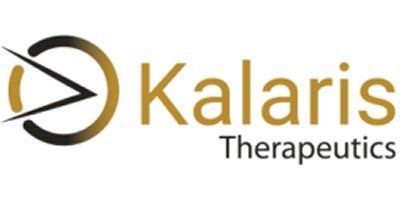

Kalaris - TH103 for Retinal Disease Treatment
Kalaris Therapeutics is focused on developing innovative treatments for retinal diseases, aiming to reduce the burden of frequent clinical visits for patients with retinal neovascular and exudative conditions. Their lead product, TH103, is a fully humanized, recombinant fusion protein designed for intravitreal delivery as an anti-VEGF agent. TH103 functions as a soluble decoy receptor, demonstrating enhanced and prolonged anti-VEGF activity. With high affinity for VEGF and heparan sulfate proteoglycans, TH103 potentially increases intraocular retention, thereby minimizing injection frequency. Ongoing Phase 1 clinical trials for neovascular age-related macular degeneration (nAMD) explore its effectiveness, with future applications planned for other retinal diseases. The scientific foundation of TH103 was laid by Dr. Napoleone Ferrara, a notable figure in anti-VEGF drug development. Kalaris is supported by experienced leaders in ophthalmology and veteran investors committed to advancing retinal therapeutics to regulatory approval.
